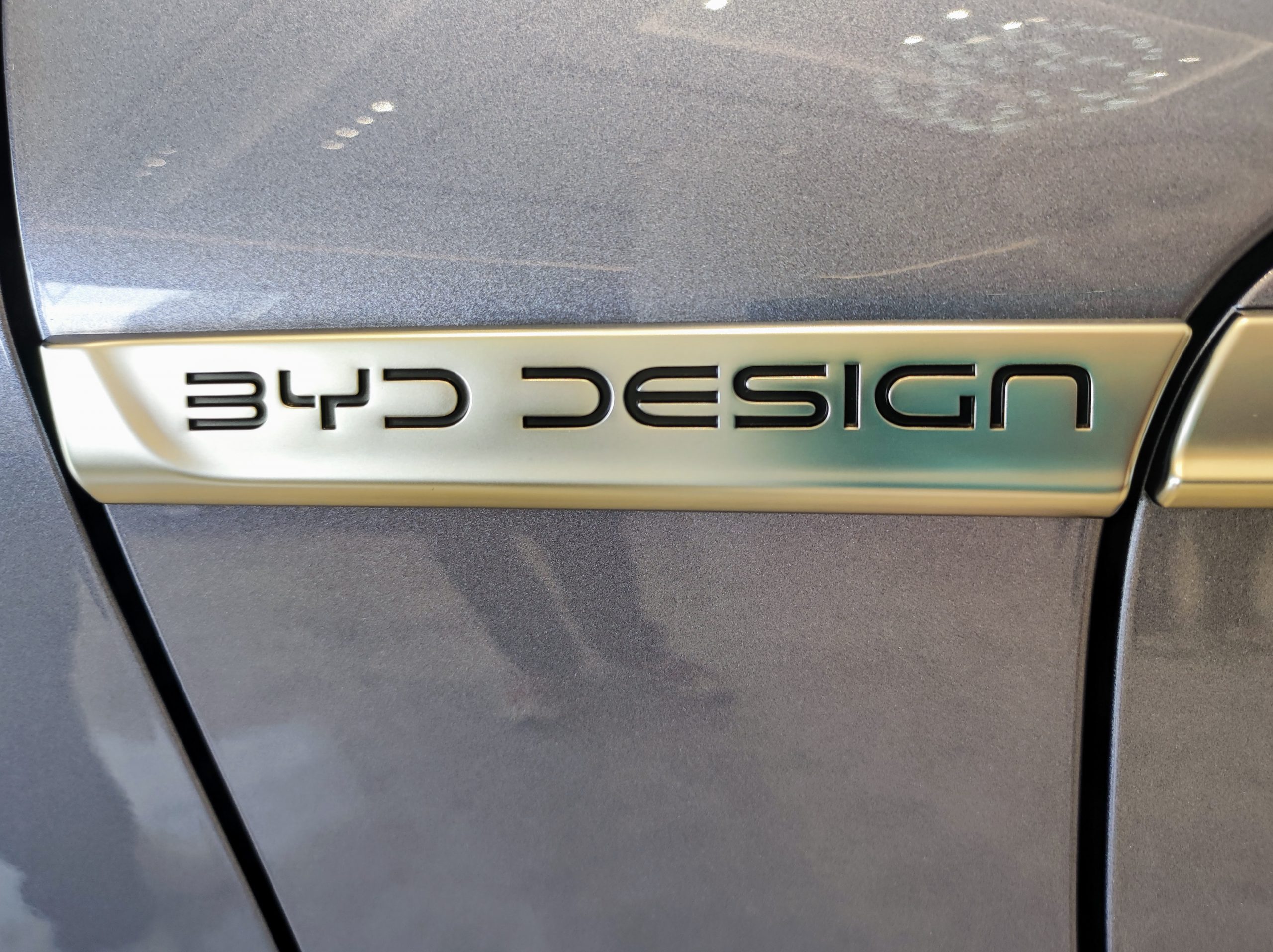
Starting this fall, the company will supply the Szeged plant from Linz.Continue reading

Current speculation about an alleged delay in BYD’s mass production plans in Hungary and a shift to Türkiye instead has been dismissed as “fake news” by István Joó, government commissioner and CEO of the Hungarian Investment Promotion Agency (HIPA). Both HIPA and BYD itself confirm that the plans for the plant in Szeged remain unchanged.
The information, reported by Reuters based on anonymous sources, suggested that the Chinese automotive giant would not start mass production at its future plant near Szeged until 2026, and would ramp up capacity more slowly than planned. Instead, production at a Turkish plant was allegedly to be accelerated.
István Joó refutes the claims with three telling photos published on his social media page. The images show the advanced construction progress in Hungary, where the plant is nearing completion, while in Türkiye, construction has barely begun.
Another strong argument against the rumors is BYD’s recent decision to move its European headquarters from the Netherlands to Budapest. This contradicts any assumption of production delay in Hungary. The government commissioner also emphasized that
the BYD headquarters confirmed that there would be no changes in terms of domestic plant construction and production ramp-up.
HIPA later clarified in an official press release that after 224 rounds of negotiations, BYD had deliberately decided to build its first European plant in Szeged and was firmly committed to this location. BYD’s commitment to Hungary goes far beyond factory construction, as the relocation of its European headquarters to Budapest will create at least 2,000 highly skilled jobs in areas ranging from marketing to data analysis, the press release stressed.
BYD also announced two large-scale research and development programs with a total volume of around 250 million euros, to be implemented in cooperation with Hungarian universities, they recalled. One project, worth 105.1 million euros, focuses on the development of an AI-supported driving technology system for adaptive vehicles. The second and even larger R&D investment of 141 million euros is dedicated to the further development of BYD’s powertrain technology to increase the performance and energy efficiency of electric vehicles.
In its press release, HIPA mentions that BYD recently announced that, in addition to electric buses, it will also manufacture electric trucks at its Komárom plant, which has been in operation since 2017. This will not only bring a new product range and advanced technology to the city on the banks of the Danube, but also 620 new jobs.
Rumors about moving production to Türkiye could be linked to extra tariffs on Chinese electric cars in the EU.
It is important to note that although cars manufactured in Türkiye may comply with certain rules of origin, the EU’s 10% basic import duty on vehicles from third countries would still apply to Turkish-made vehicles.
However, not only BYD’s extensive investments in Hungary confirm that everything is going as planned:
BYD has long-term plans for Europe, and the construction of the Hungarian factory is proceeding according to plan,”
BYD Hungary said in response to press reports.
According to the information provided, production is scheduled to start at the end of the year, and cars will soon be manufactured in Europe for the European market. The planned capacity of the Szeged plant has not changed either: they are expecting a peak annual capacity of 300,000 units. In addition, they are currently working on the certification of 150 Hungarian and European suppliers to further strengthen their local supply chain, they wrote.
Via Reuters, MTI; Featured image: Hungary Today